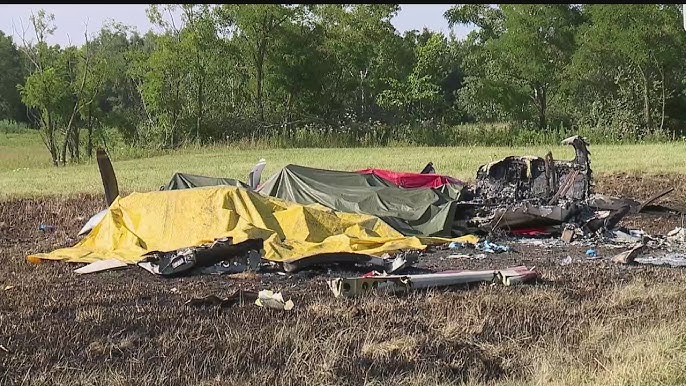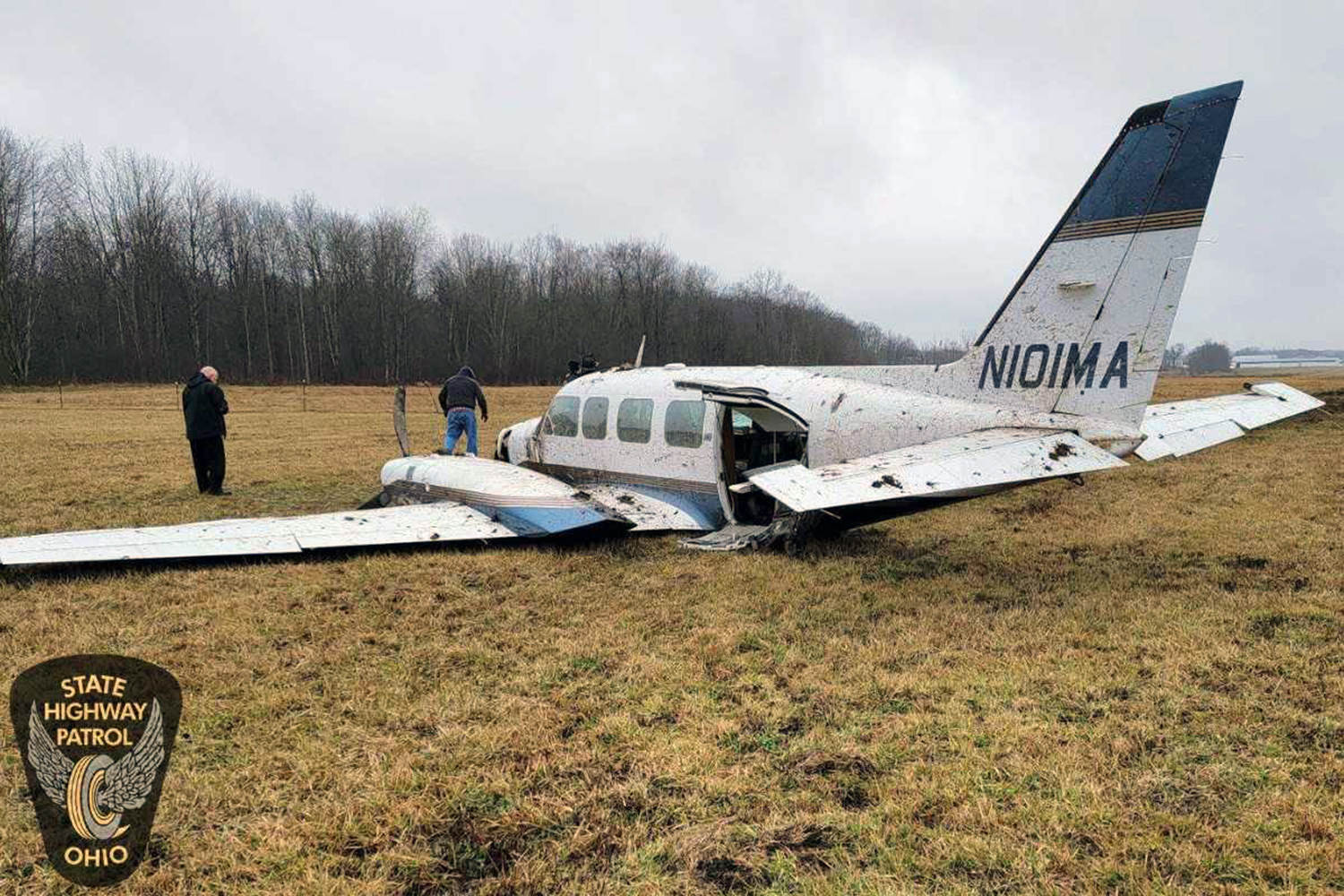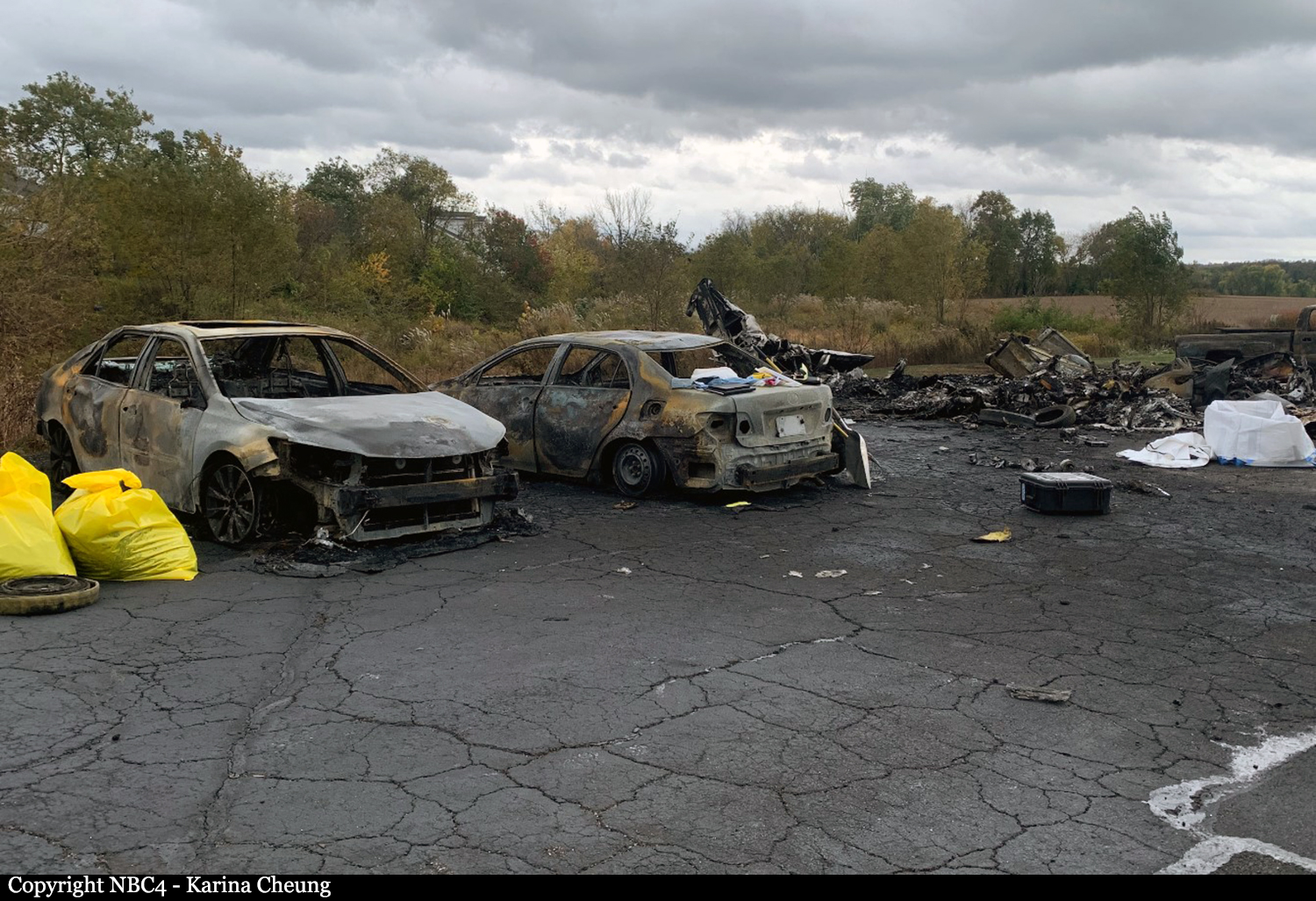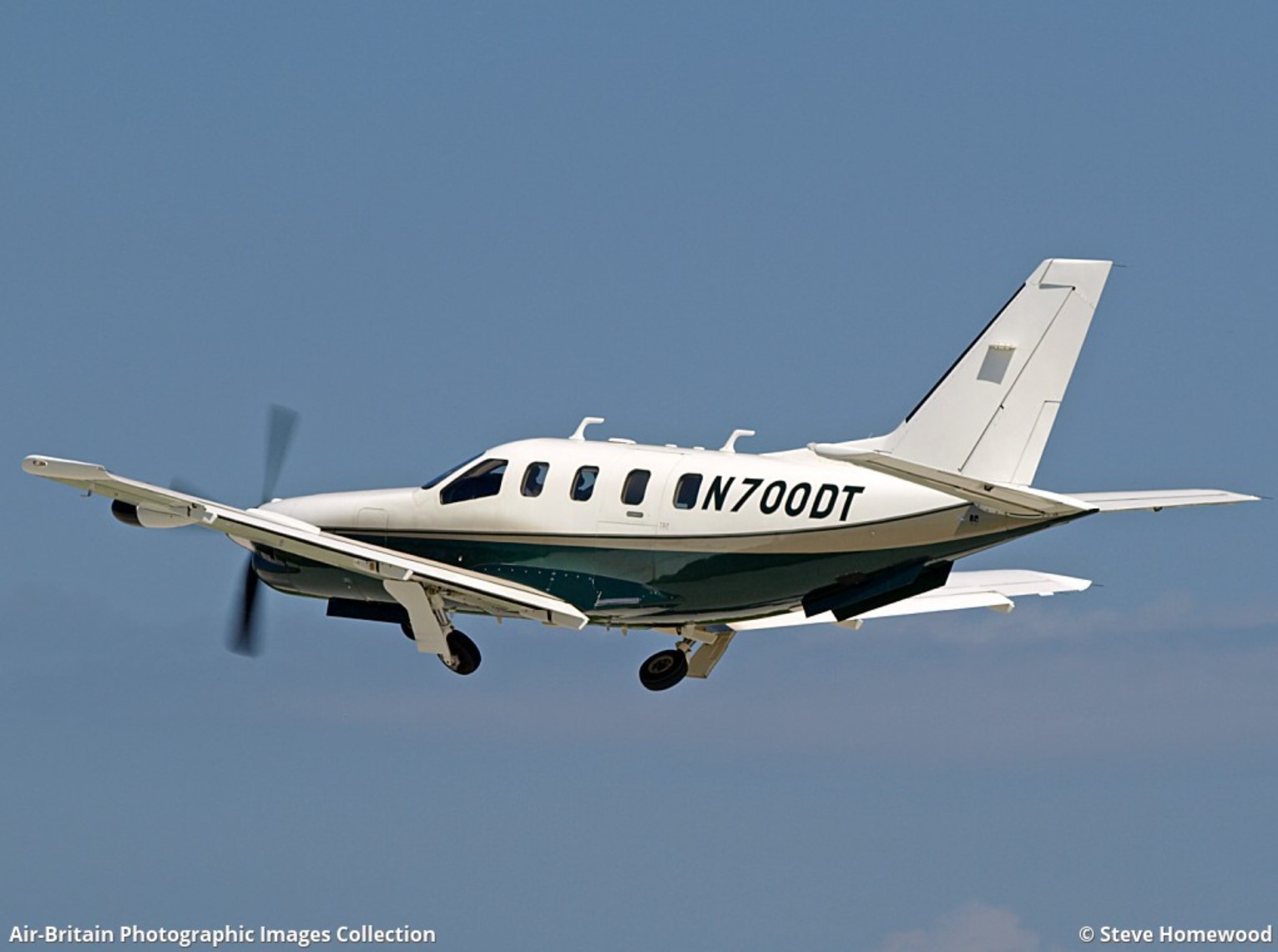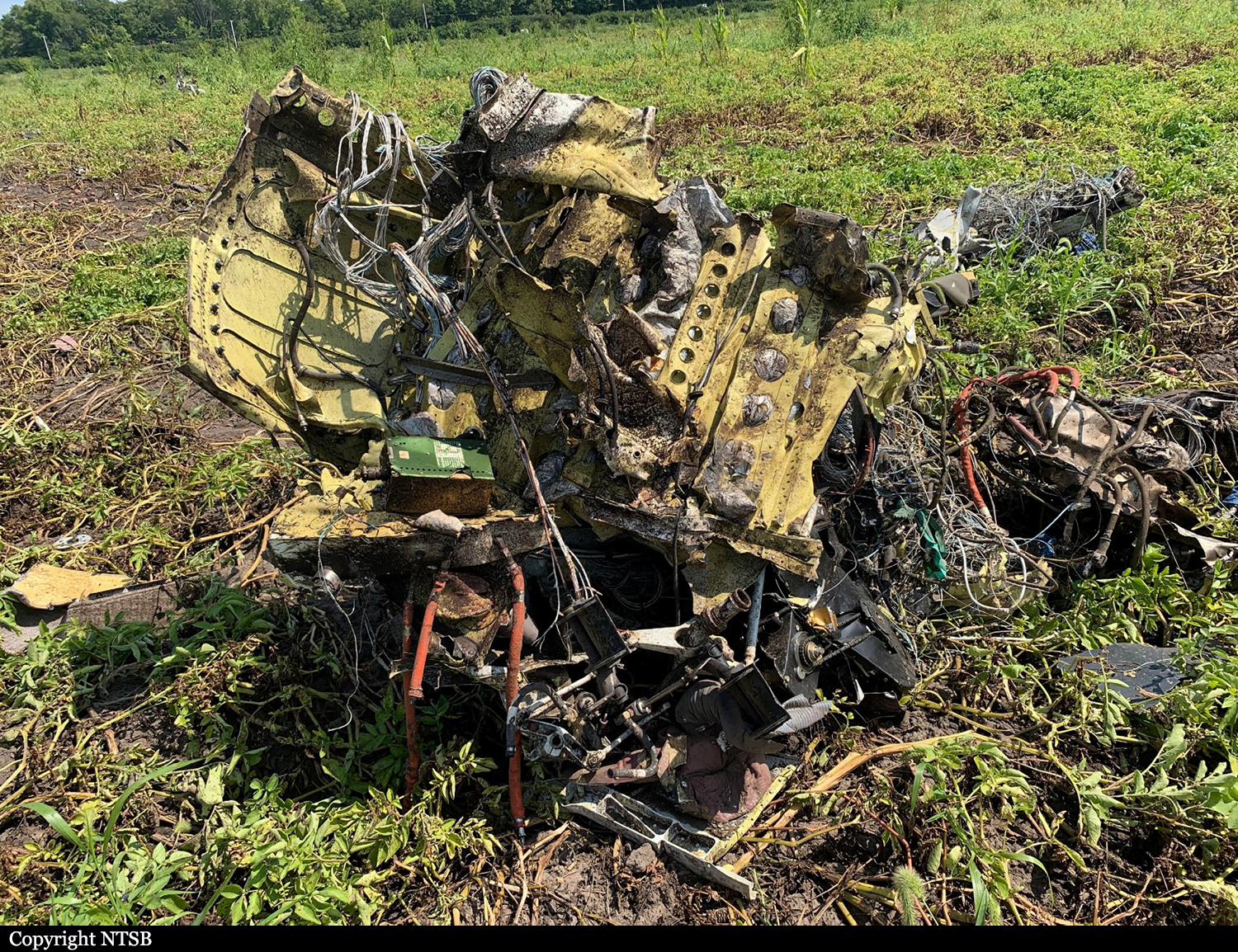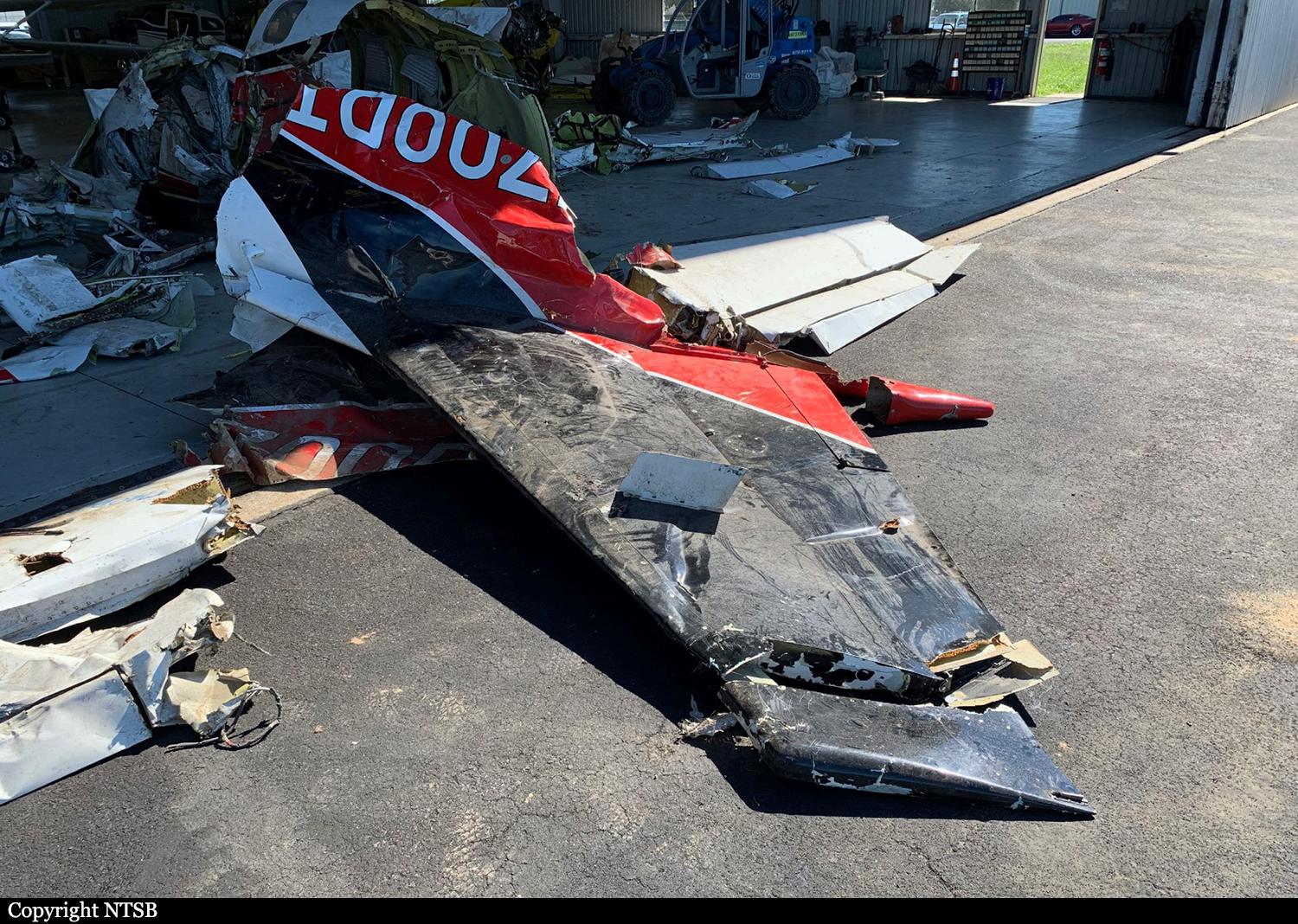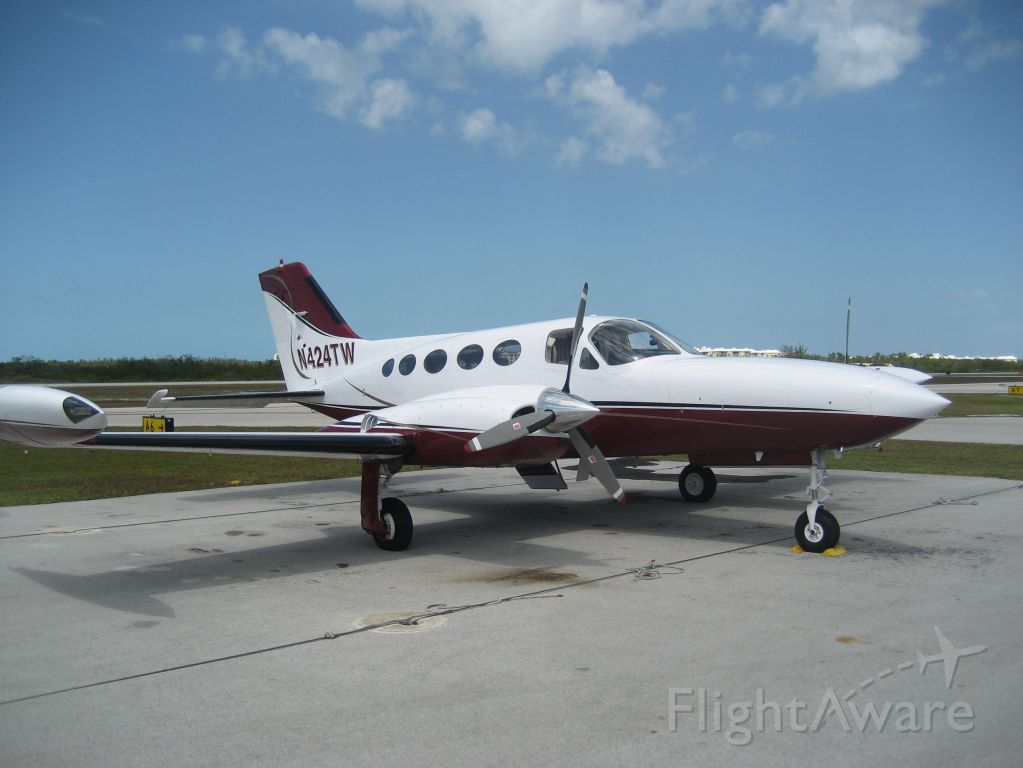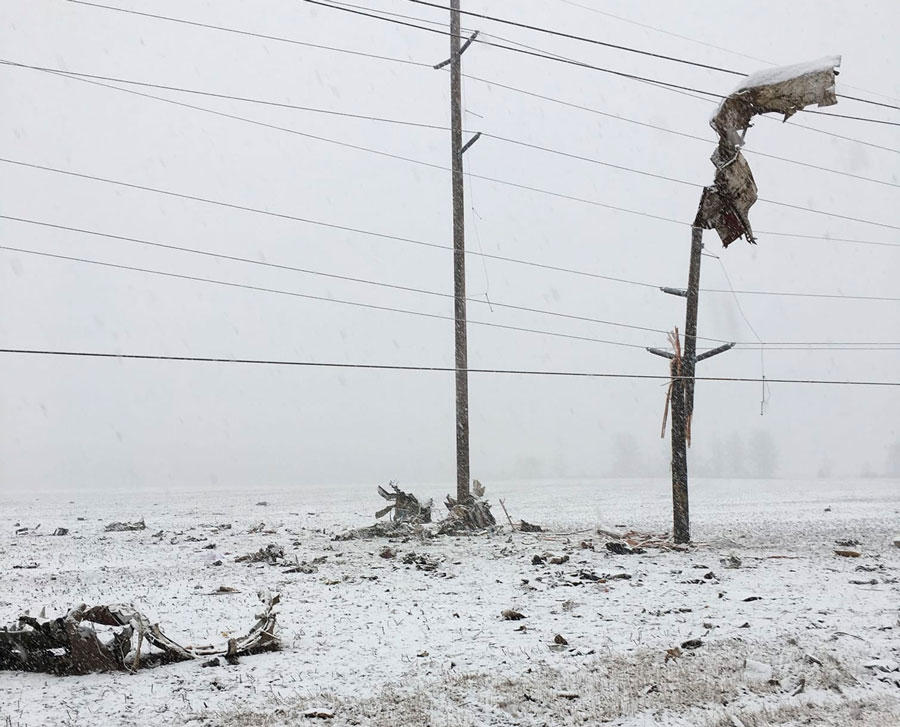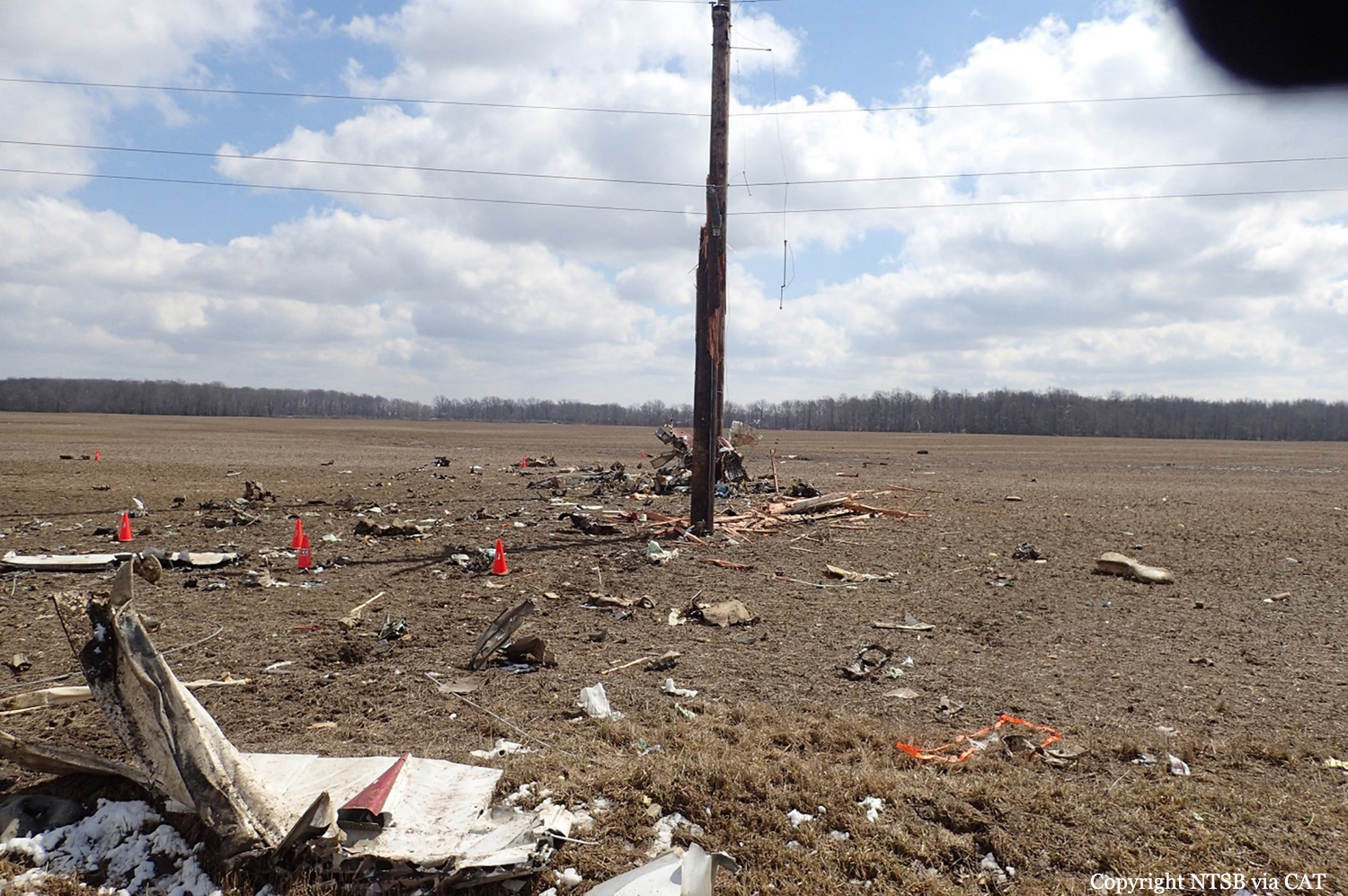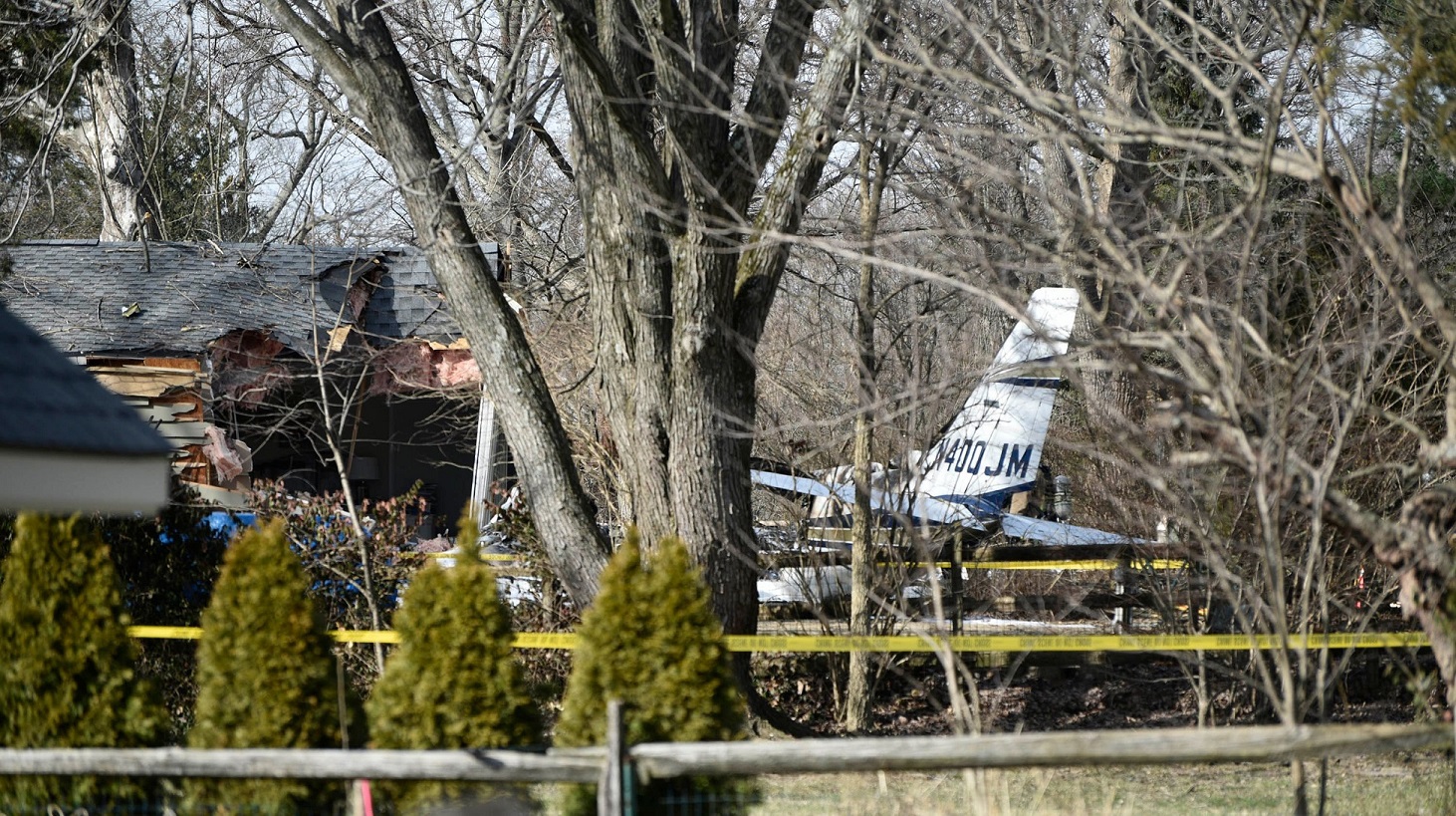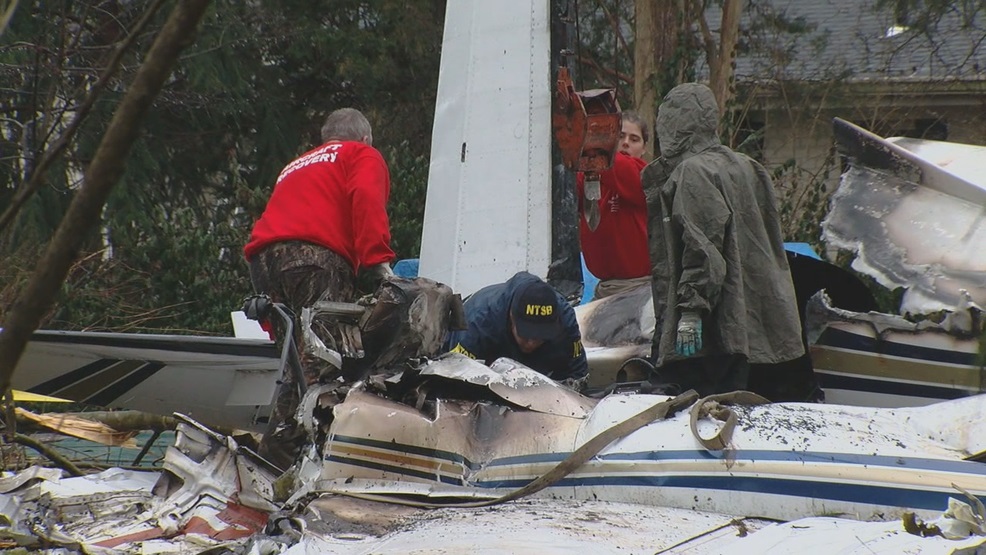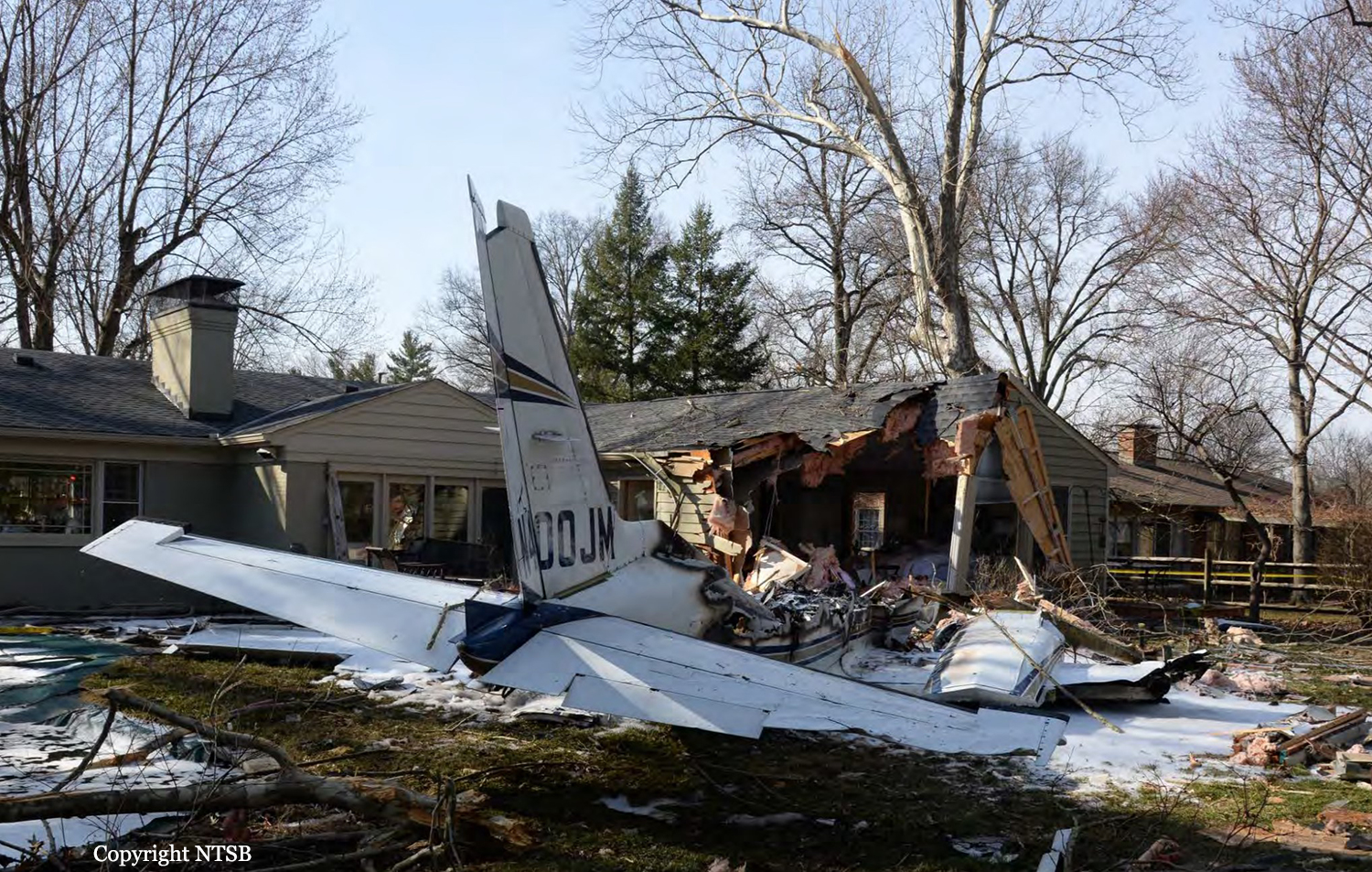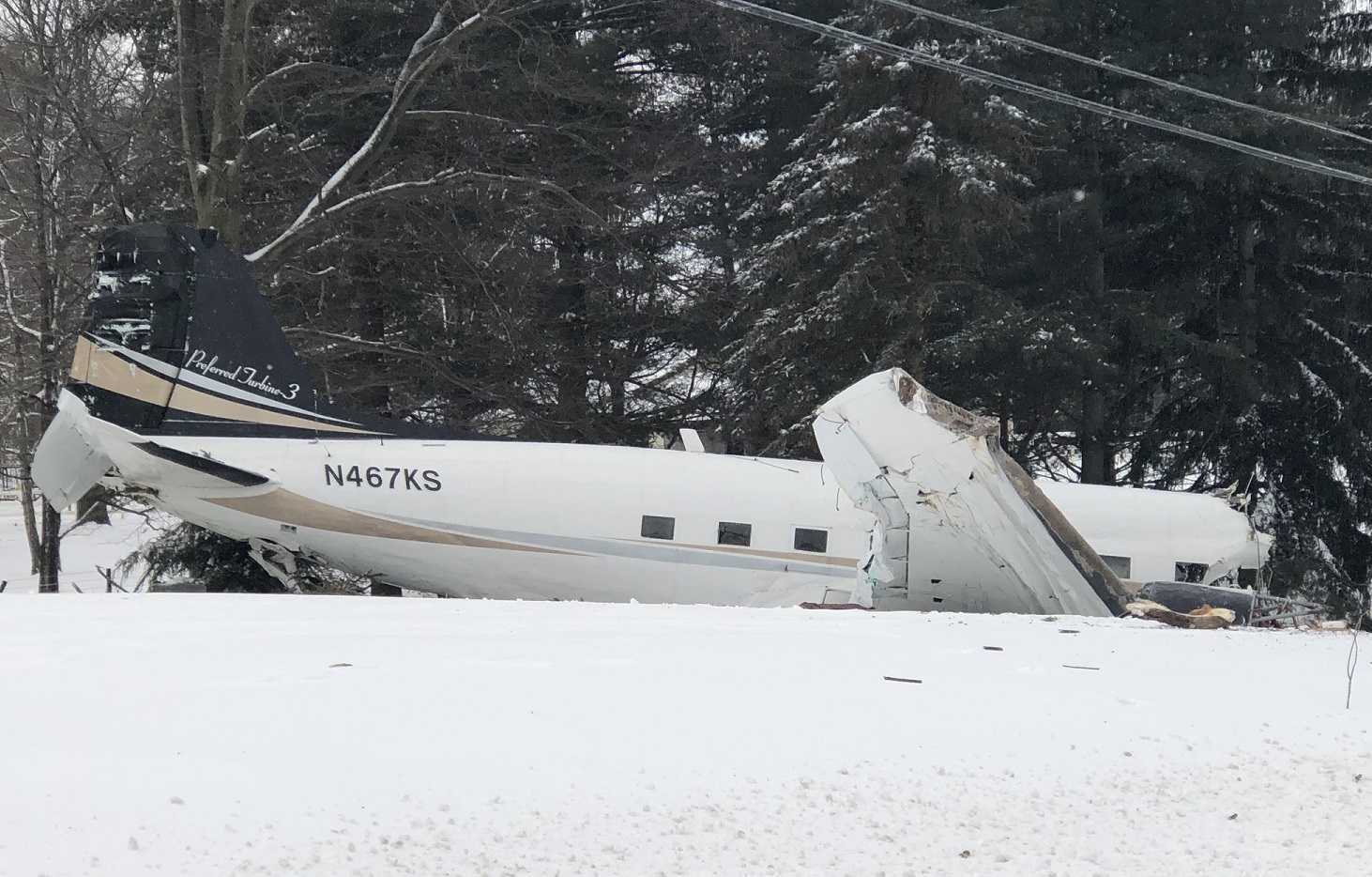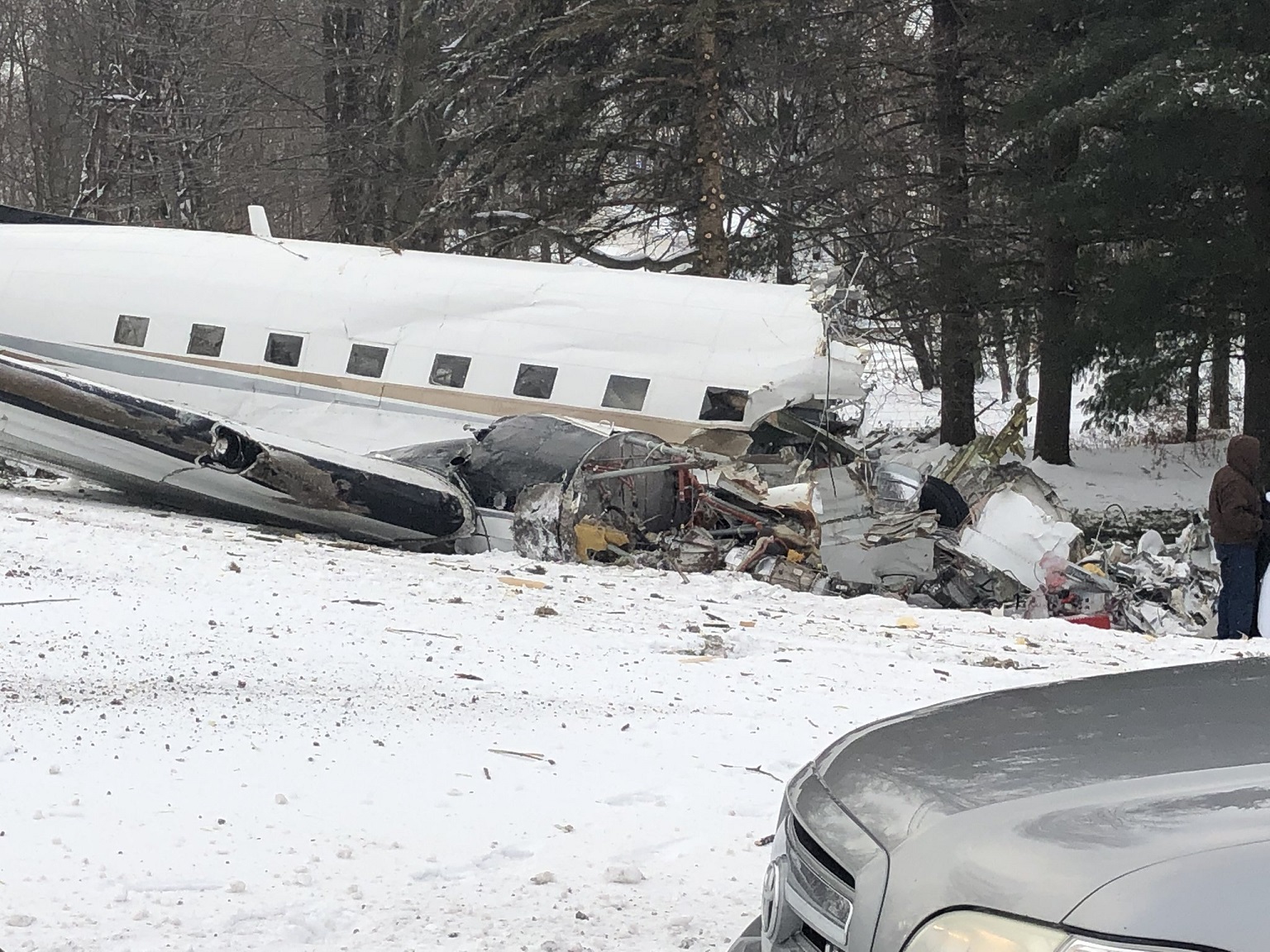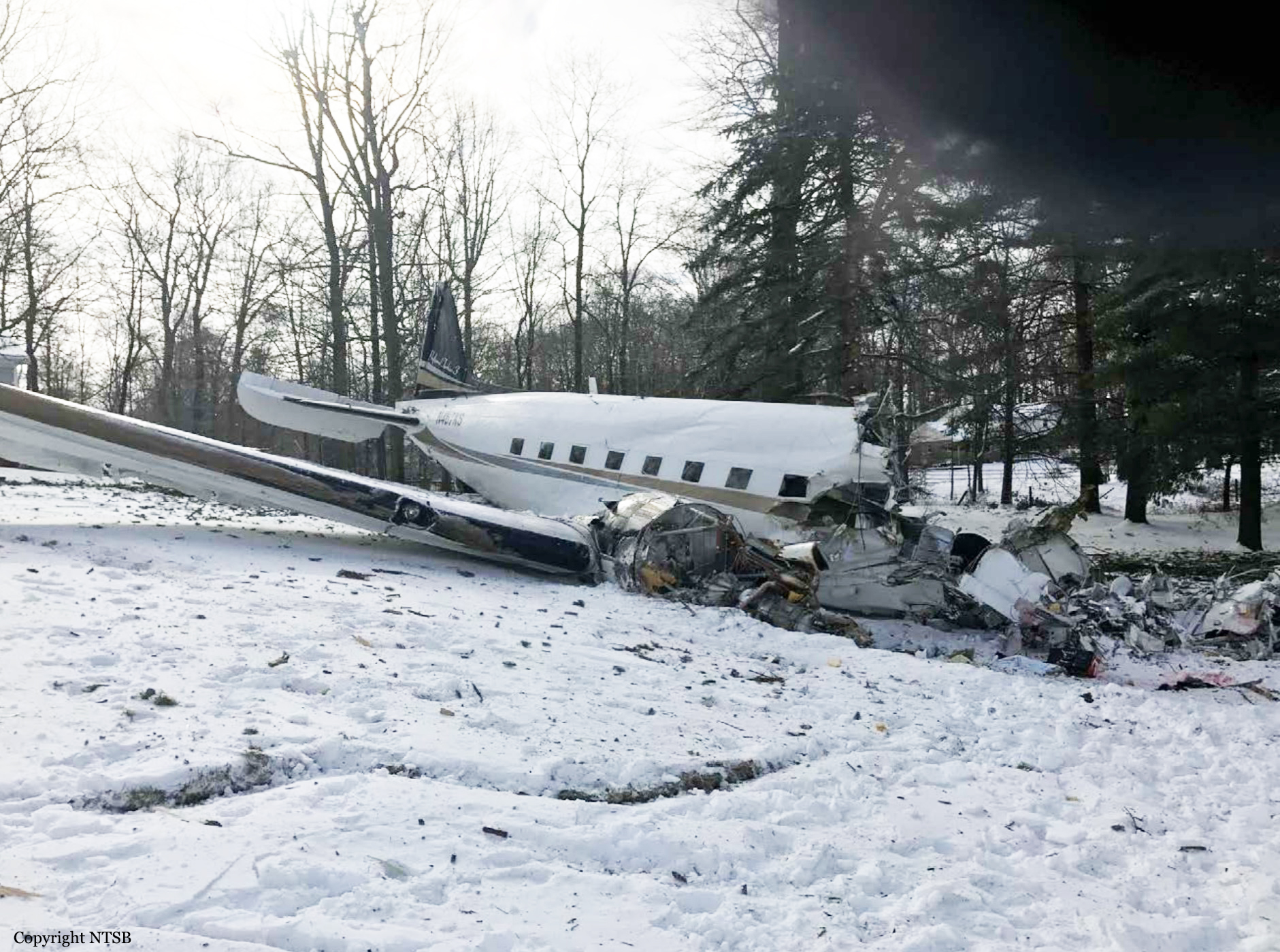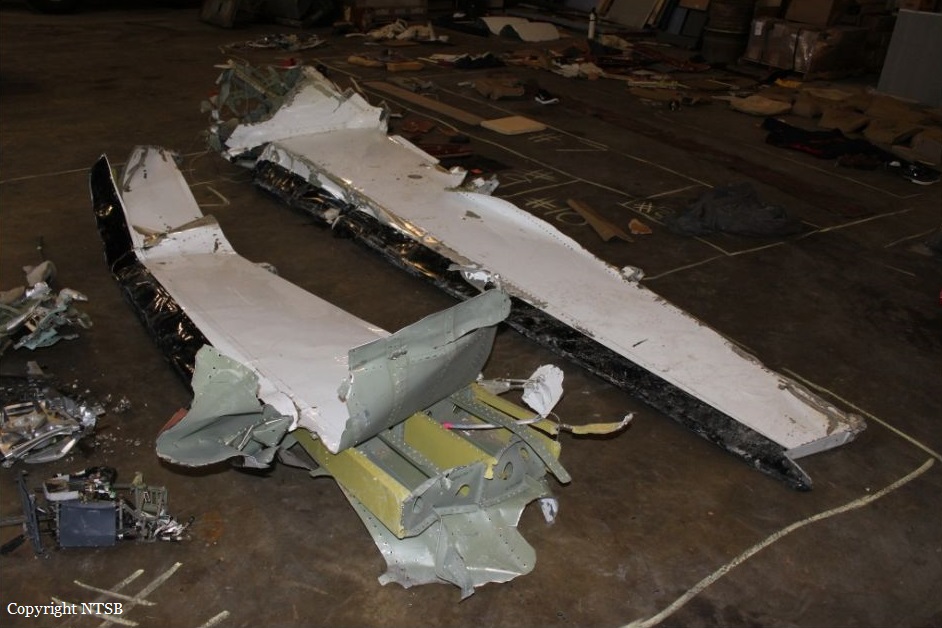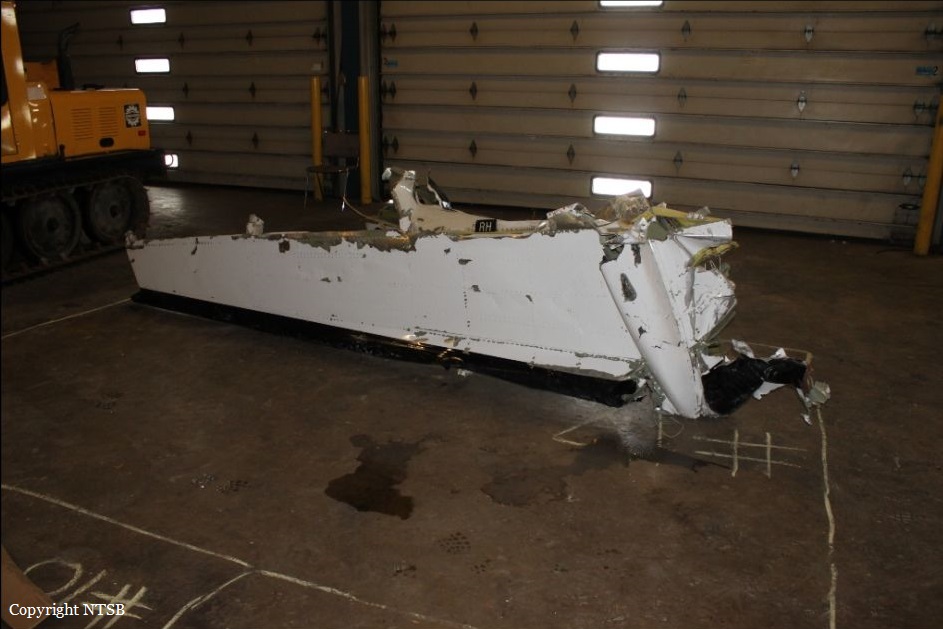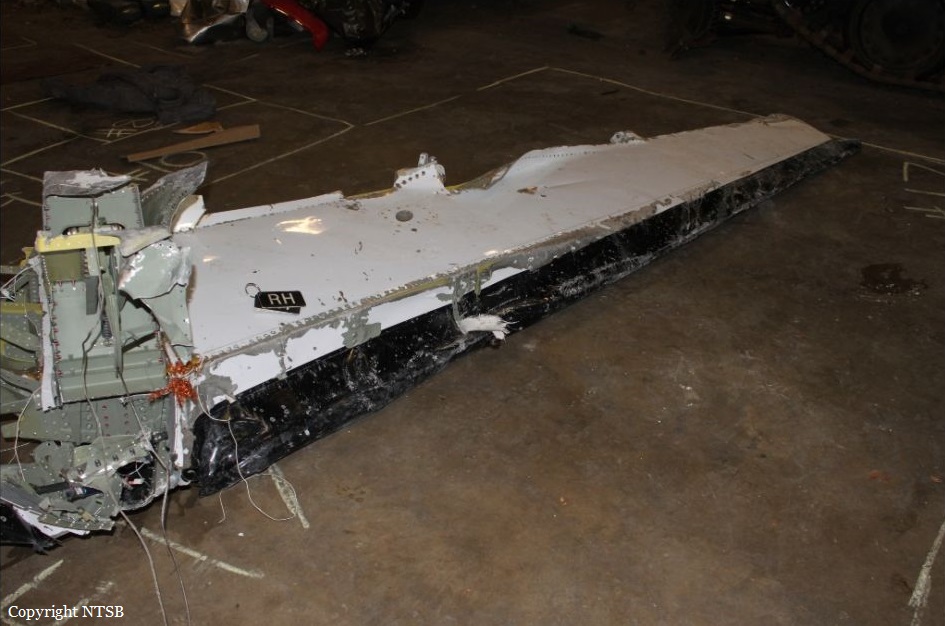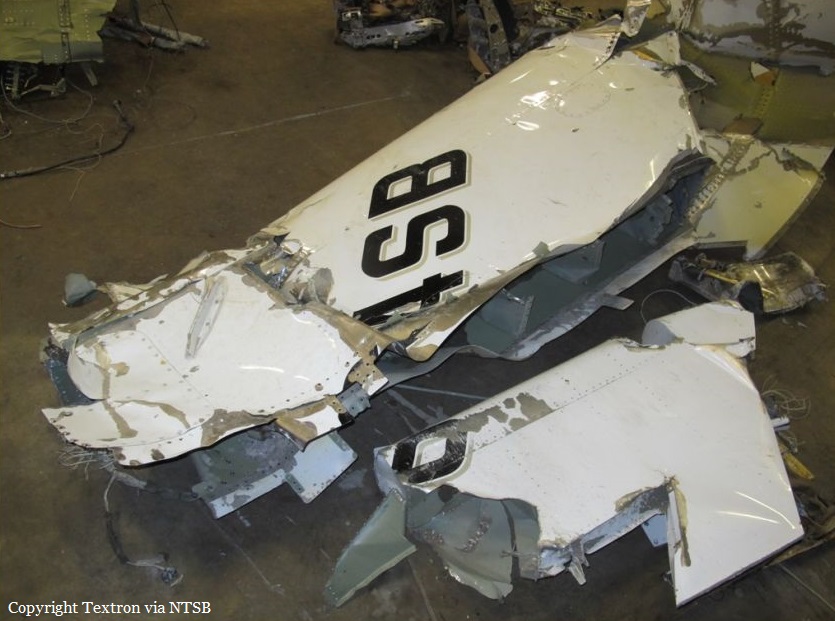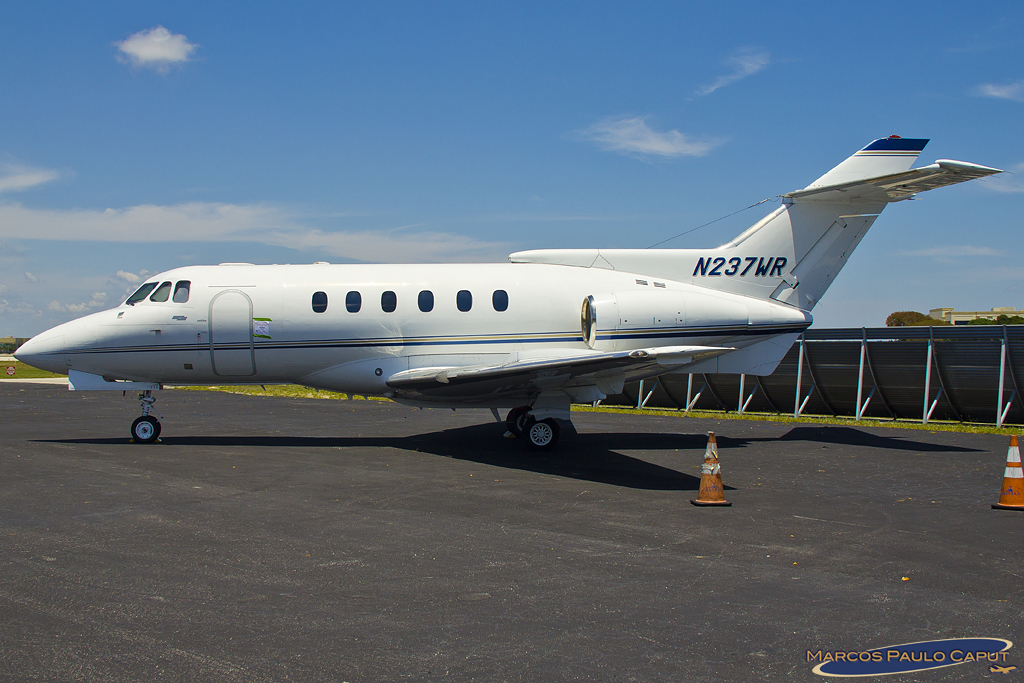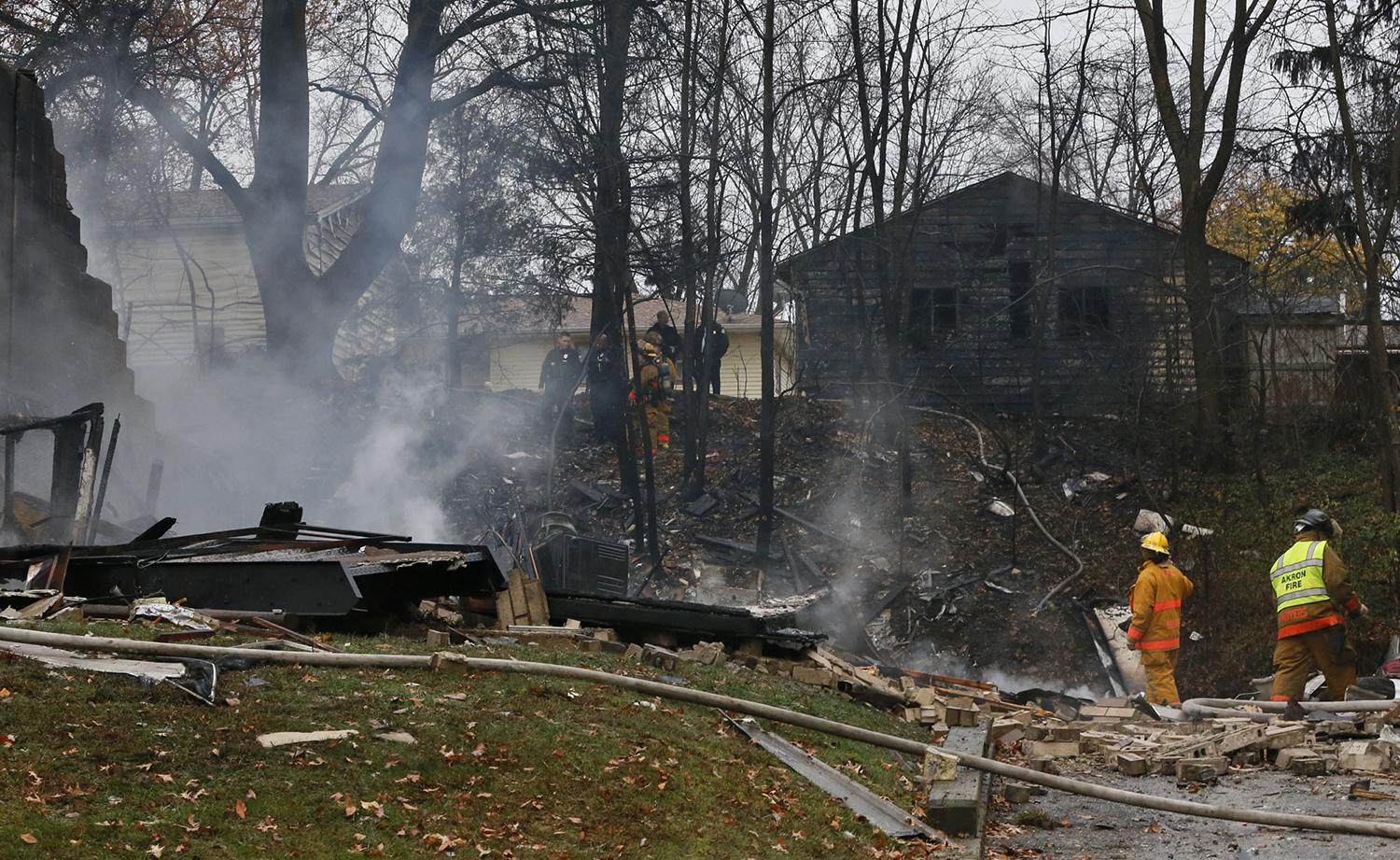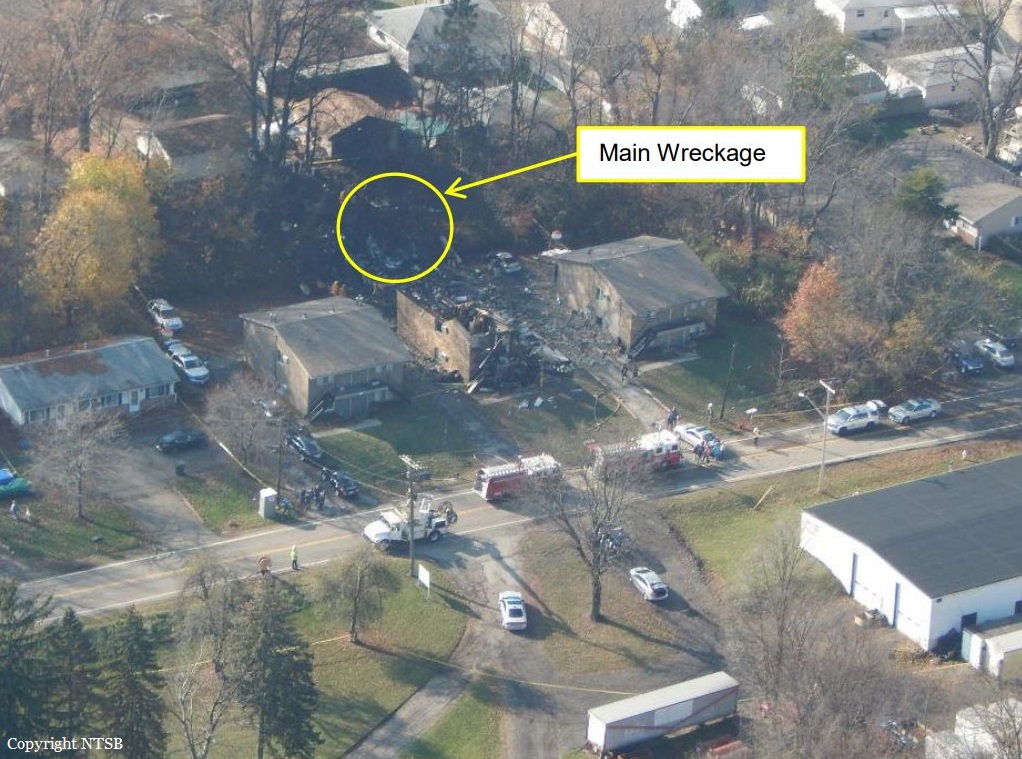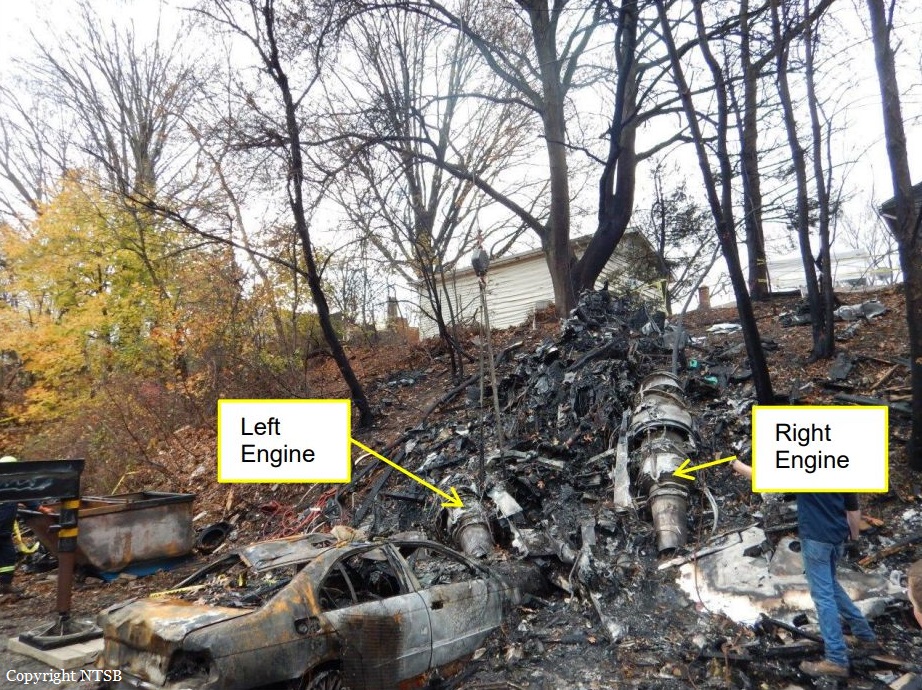Crash of a Beechcraft B60 Duke in Youngstown: 3 killed
Date & Time:
Jul 19, 2024 at 1904 LT
Registration:
N23553
Survivors:
No
Schedule:
Plattsburgh - Columbus
MSN:
P-453
YOM:
1978
Crew on board:
1
Crew fatalities:
Pax on board:
2
Pax fatalities:
Other fatalities:
Total fatalities:
3
Circumstances:
On July 19, 2024, about 1904 eastern daylight time, a Beech B-60 airplane, N23553, was destroyed when it was involved in an accident near Vienna Center, Ohio. The private pilot and two passengers were fatally injured. The airplane was operated as a Title 14 Code of Federal Regulations Part 91 personal flight. Preliminary radar and Automatic Dependent Surveillance-Broadcast (ADS-B) track data obtained from the Federal Aviation Administration (FAA) revealed that the flight departed runway 17 at Plattsburgh International Airport (PBG), Plattsburgh, New York at 1651, destined for John Glenn Columbus International Airport (CMH), Columbus, Ohio. The airplane proceeded to the southwest, and climbed to 16,500 ft. About 50 miles northeast of Youngstown/Warren Regional Airport (YNG), Vienna Center, Ohio, the pilot informed air traffic control that the airplane’s left engine had lost power and he could not maintain altitude. The arrival east radar controller (YNG tower) offered information on close by airports; however, the pilot requested YNG and its longer, 9,003-ft-long runway. While descending to YNG, the airplane circled near the approach end of runway 32, then it proceeded along the centerline of runway 32 while continuing to descend. About 3,000 ft from the departure end of the runway, the data indicated that the airplane was close to field altitude at a ground speed of 131 knots. At the end of the runway, the airplane turned left while at a ground speed of 95 knots. The airplane impacted terrain about ¼ mile west of the departure end of runway 32. A witness, who was on YNG taxiway D, observed the airplane in flight prior to the accident. He stated that the airplane circled near the approach end of runway 32, then proceeded with the approach down runway 32. The airplane was higher than normal when beginning the approach. As the airplane proceeded down the runway, it descended toward the runway; however, it did This information is preliminary and subject to change. not touch down. At the end of runway 32, the airplane pitched up rapidly to the left and began to “flip.” The airplane then descended below his field of view and crashed. The wreckage was located on airport property, outside the confines of the airport’s perimeter fence. The wreckage was found upright and oriented on a 310° heading. A postaccident fire consumed a majority of the wreckage. All structural components of the airplane were found within the wreckage debris path. The landing gear were found in the extended (down) position. The pilot, who owned and operated the airplane, possessed both Canadian and U.S. Federal Aviation Administration private pilot certificates with airplane single engine land and airplane multiengine land ratings. Recorded weather near the time of the accident included wind from 050° at 5 knots, 10 miles visibility, and few clouds at 5,500 ft above ground level.
